READY TO GET STARTED?
REQUEST A FREE ESTIMATE
Fill out the form below or call (855) 789-9807 for a free, no-obligation estimate.
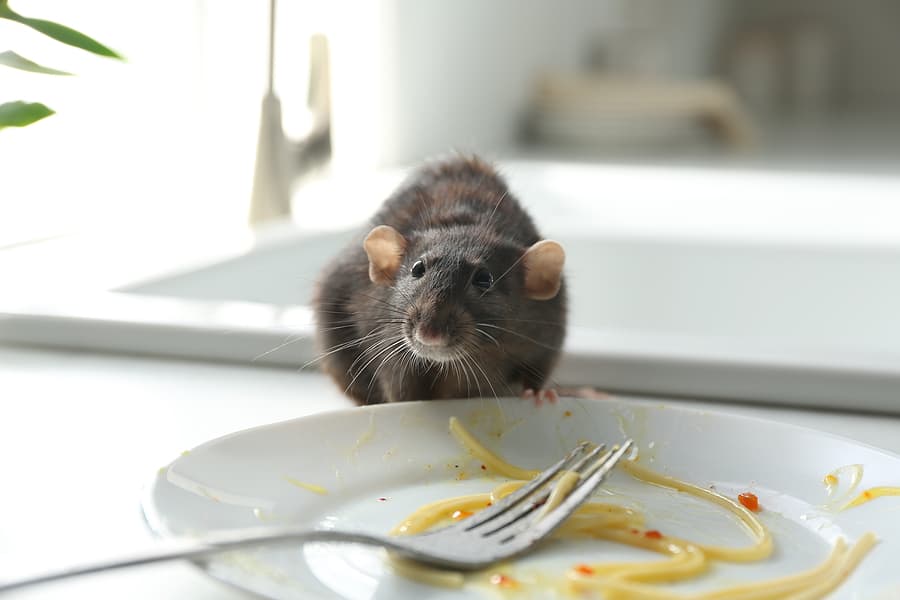
Wildlife creatures can be cute from afar, but once they’ve invaded our homes, they quickly become a nuisance! While wildlife typically invade homes in the winter, they are still highly active in the summer, as well, searching for food and water sources. Check out our list of common wildlife creatures in Pompano Beach and how you can prevent them.
Active year-round, rats are excellent climbers and will adapt to human environments. They often seek out undisturbed areas such as attics, basements, and crawlspaces. For survival, these rodents will need a food source and will look in your home for grains, nuts, fruits, seeds, and vegetables. Harmful to humans, rats are known to contaminate food, cause fire hazards by chewing wires, and leave their droppings that can lead to disease.
During the summer, opossums are actively hunting for food for their young. During the day, these pests will hide in trees until the evening arrives. As nocturnal pests, opossums look for their food source primarily at night. Opossums will scour your trashcans for nuts, fruits, grains, and even insects.
Raccoons give birth to their young during the summer and, like opossums, they are actively looking for food for their babies. While raccoons prefer wooded areas to inhabit with trees, water, and vegetation, they can be found in human areas too. They often seek out shelter in our attics, barns, and sheds. Raccoons are also nocturnal, searching for food at night. These creatures eat fruits, nuts, seeds, fish, and even snakes. Raccoons can become a nuisance if they find their way onto our property, often knocking over garbage cans or destroying gardens.
Preventing wildlife starts with the preventative measures put in place around your home. Consider utilizing these do-it-yourself wildlife control tips:
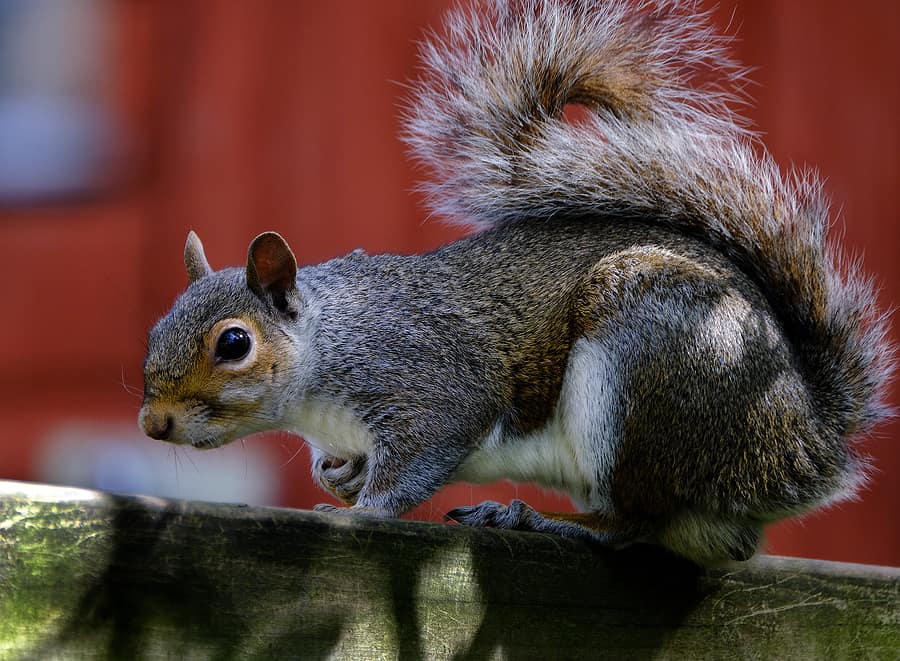
With spring upon us we can look forward to nicer weather, fresh air, and more time spent outdoors. The same is true for wildlife. This time of year these pests are emerging from hibernation in search of food, water, and the perfect nesting spot to have their first litter of the year. Here are some of the most common spring wildlife creatures and some general tips on wildlife prevention.
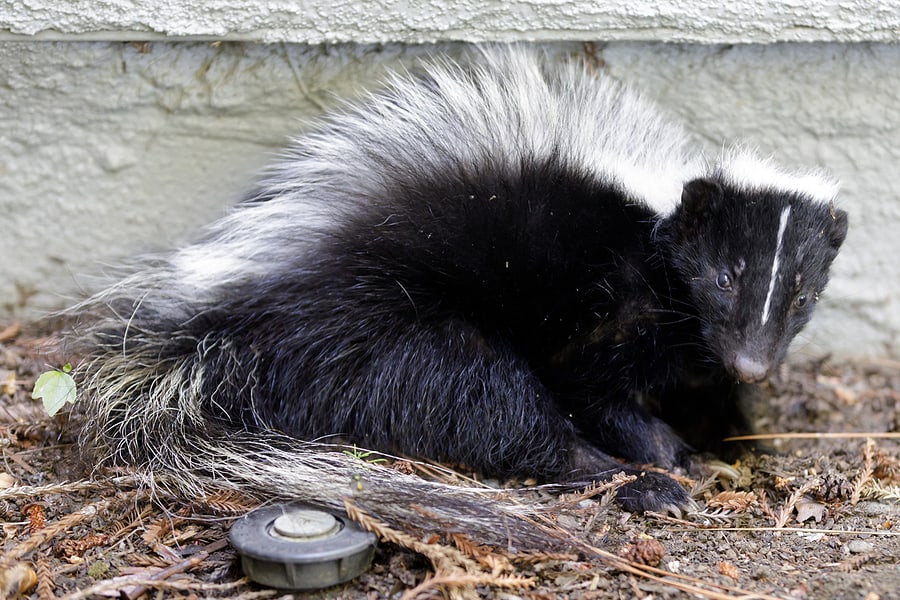
Skunks emerge from hibernation and become much more active in the spring. Skunks usually birth their first litters in early to mid-spring, as well. Skunks can cause damage to your property by burrowing under buildings. They are also known to spray noxious fumes when they feel attacked or cornered. Skunks are also the second most common carriers of rabies.
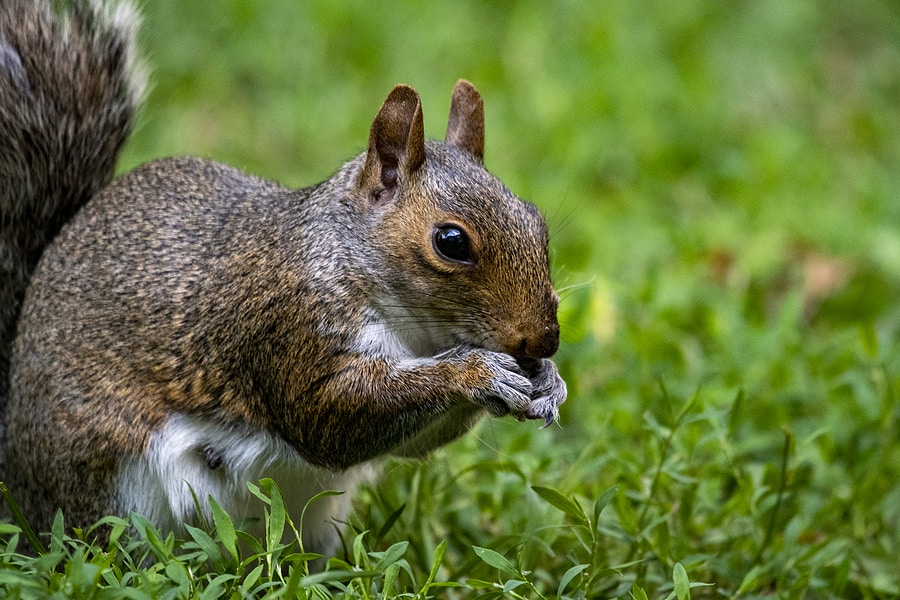
Although squirrels are not as common indoors as their other rodent cousins (mice and rats), once their hibernation period is over they will awaken looking for food and nesting sites. Squirrels also have their first litters in the spring. Squirrels can get into attics and wall voids, chewing holes, electrical wires, and phone cables.
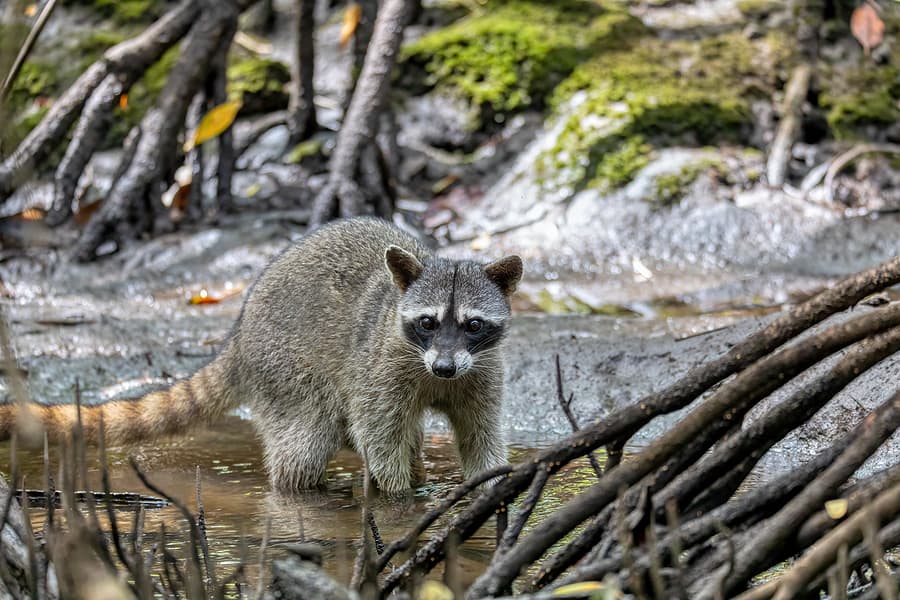
Raccoons don’t usually hibernate but they are much less active in the winter. They have their young in the spring, often going in search of food and water to nourish them. Raccoons are very smart and will often get into trashcans at night. They can also be destructive to homes and lawns and will attack if they feel cornered. Raccoons are also known carriers of rabies.

Snakes start emerging from brumation/hibernation in early to mid-spring when they start laying their eggs. Snakes will often look for nesting sites in wood piles, under porches, under rock piles, and other shady, secluded areas around your home.
Most wildlife are generally harmless to humans but can become problematic if they get inside your home. Wildlife control starts at home with prevention. Help keep wildlife out with these handy tips:
If you suspect a problem with wildlife or other pests, contact a professional pest control company for a full analysis and treatment plan.
What is the Red Imported Fire Ant?
Do Swarming Termites Mean an Infestation?
How Do I Know if I Have Bed Bugs?
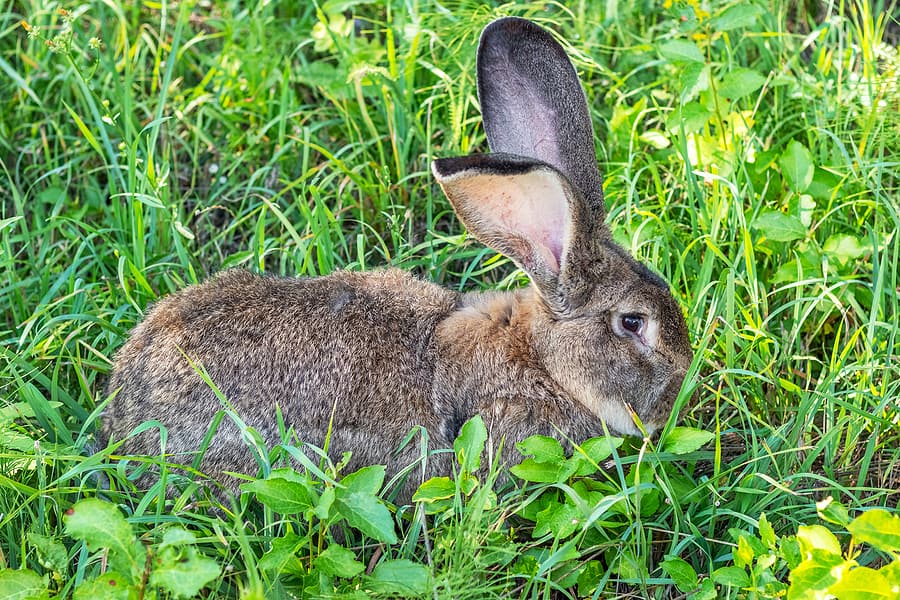
While some may have an idyllic picture of wildlife on their property (deer roaming across their yards, cute bunnies hopping through the garden), these nuisance wildlife can decimate your lawn or garden overnight. Squirrels digging holes, deer eating shrubs, and rabbits chowing down on your vegetables can leave you with a mess to deal with. If you don’t want to have to share your outdoor living space with these pests, consider these simple wildlife exclusion tips to prevent wildlife from taking over your yard.
The first step in wildlife control is identifying which critter you have.
Wildlife are less likely to hang out in your yard if they don’t have a place to hide. Getting rid of wood piles, brush, and overgrown shrubbery will eliminate the majority of their hiding spots. Open spaces and neatly trimmed flower beds help to discourage them, especially rabbits and groundhogs.
Another thing wildlife look for in your yard is a food source. Getting rid of their food or discouraging them from it will go a long way in keeping them out. Fill your garden with plants that deer and rabbits dislike. Pick any edible fruits and vegetables as soon as they are ripe. Collect fallen fruit and nuts before the squirrels can get to them. Don’t leave pet food sitting out overnight. Strap or bungee trash can lids onto your cans.
There are several plants you can include in your landscaping that help deter wildlife. Most animals will be repelled by the smell of garlic plants. Daffodils are a pretty addition to your garden but most animals dislike the bitter taste of their leaves. Lavender is great for repelling deer and rabbits. Marigolds work well at repelling moles. You can also use distasteful substances to spray or sprinkle around your garden or individual plants to help repel wildlife. Some substances that are effective include hot pepper extract, predator urine, castor oil, garlic clippings, cayenne pepper, putrid egg whites, and coffee grounds.
Putting deterrents in your yard can help scare these pests away. Dogs who have free run in your yard are great at keeping these wildlife away. You can also use noisemakers, motion-activated sprinklers and lights, automated sprinklers, garden spinners, decoy animals, and pinwheels to help scare them away.
You can also keep wildlife at bay by making it physically impossible (or at least much more difficult) for them to get into your yard or garden. You can put up a barrier to protect your yard or even individual plants you want to protect. Netting or chicken wire around plants or a wire cloche over plants can protect them from rabbits, groundhogs, squirrels, and deer. Putting electric fencing around your vegetable gardens can exclude most wildlife as long as they can’t go over or under it. To keep deer out, fences should either be extremely high (8 feet or taller) or short, doubled, and wide (such as 2 shorter fences spaced 5 feet apart). Use sturdy wire or hardware cloth to close any openings under your shed and deck to help keep out rabbits and groundhogs, Make sure to bend the wire into an L-shape and bury it several inches under the ground to keep them from digging underneath it.
If you have a problem with wildlife, contact your local wildlife control company who can help you identify which type of pest you are dealing with and provide you with the best wildlife exclusion methods for your situation.
How Common is the American Cockroach?
5 Winter Lawn Care Tips for Southern Homes
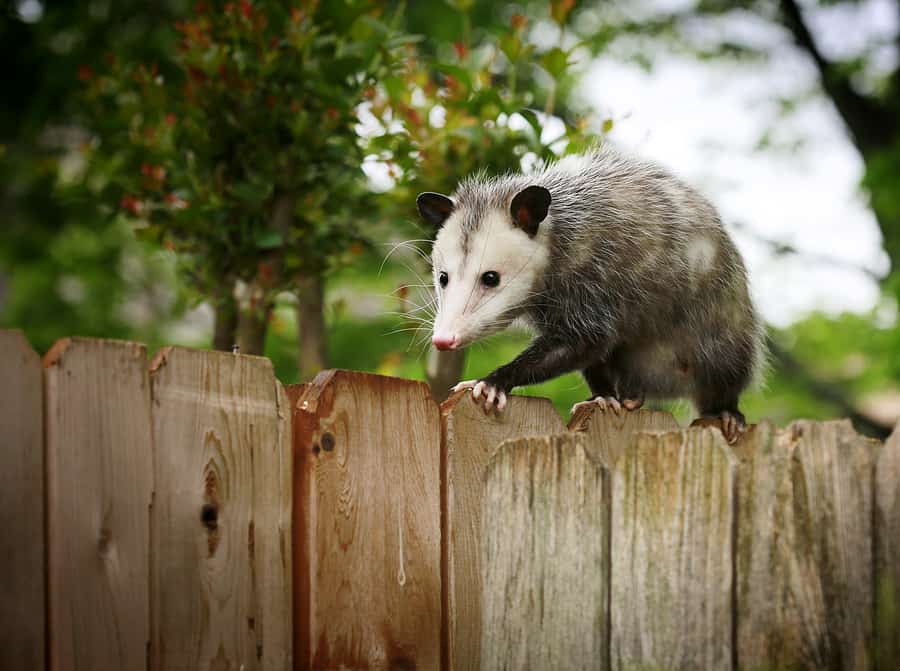
It’s true – many wildlife creatures invade and infest homes during the colder months of the year. However, there are still plenty of pests that are active and looking for a place to inhabit. Knowing which types are prevalent this season and how to prevent them can help you protect your home and family.
Snakes
As coldblooded animals, snakes get their energy from the sun. Because of this, snakes are more active during the warmer months as they require more energy to mate. You’ll typically see snakes out in the early morning and late evenings to avoid the high heat of midday. When they aren’t out, snakes like to hide out in cool, dark places such as underneath rocks and decks. You could also find them hiding out in your basement if they’ve gained access.
To keep nuisance pests from infesting your property it’s important to keep your lawn neat and clean. Clean up any yard clutter, such as piles of leaves and wood. Keep your grass mowed to eliminate coverage and trim bushes and hedges regularly. Always check your garage, garage doors, windows, and exterior doors for gaps and seal any openings.
Opossums
During the spring and summer, opossum females care for their young, meaning they are more active in searching for food to nourish them with. These animals are nocturnal and search for food at night. During the day, possums will hide in trees where they will stay until the evening. While they eat unwanted pests such as snails, cockroaches, spiders, and rats, they also eat garbage, fruit, grass, and roadkill.
To prevent opossums, keeping food from being left out outside your house is crucial. Make sure you bring in pet food and water from outside. Pick up any fruit that might have fallen from trees, including tossing out the rotten ones. It’s equally important to keep your garage doors, pet doors, or unscreened windows closed during the night.
Rats
Rats are active year-round, but the warmer weather provides them with more sources of food. These rodents can reproduce very quickly and controlling them can become difficult once they’ve infested. Rats will typically make burrows before wintertime, building these under buildings, concrete slabs, around lakes and ponds, and even near the garbage. These wildlife creatures can be a risk to humans as they can contaminate food, chew wires causing fire hazards, and their urine and feces can cause health concerns.
Taking necessary precautions before you start seeing rats is the key to preventing them. Check around the exterior of your home and seal up any cracks, crevices, and holes found in the foundation or siding. Remove clutter throughout your garages and storage areas, along with using plastic storage instead of cardboard. Keep your kitchen clean from any crumbs and spills and take your trash out regularly.
If you’ve taken the necessary steps to prevent these common wildlife but are still seeing them, it might be time to call your local pest control company. They’ll be able to assess the wildlife issue and provide you with the best wildlife control and wildlife exclusion options.
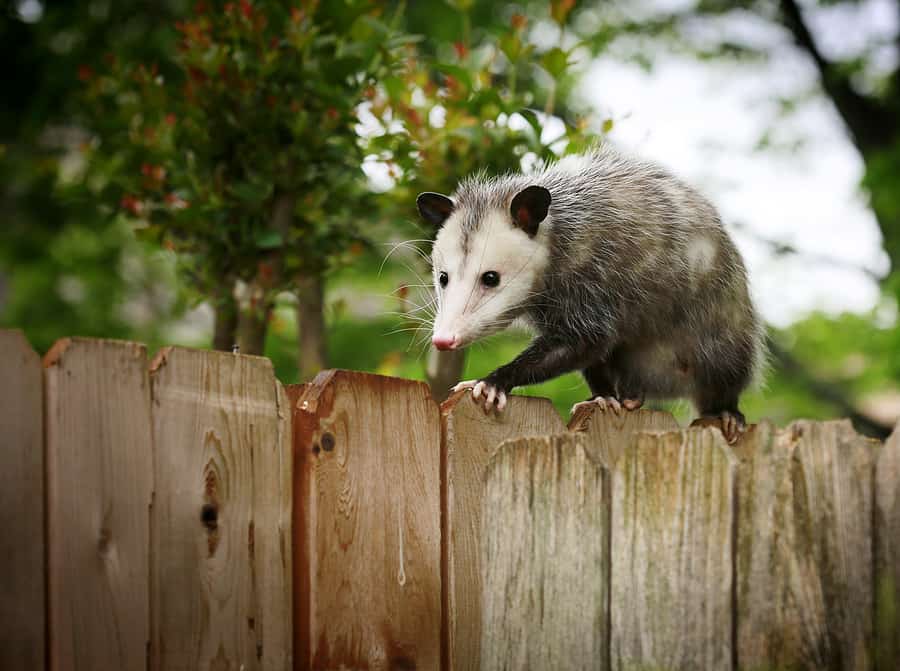
It’s minutes before you have to run out the door and make your commute to work. You make your coffee and look out the window, only to see last night’s dinner scattered throughout your yard! Unfortunately, your garbage has been rummaged through all night by a couple of wildlife pests. Two popular animals that are known to forage through trashcans and dumpsters for food are raccoons and opossums.
Raccoons, known for their distinctive black mask coloring on their faces, can range from just under 2 feet long to over 3 feet long. These animals are considered nocturnal and are rarely seen by humans. Be aware, though, spotting a raccoon during the day can be a possible sign they have rabies or other abnormal conditions.
Raccoons are scavengers, looking for food wherever they can find it, often foraging in trashcans and dumpsters. These skillful creatures can easily use their paws to open doors and lids to look for food. While they are omnivores, they prefer fruits and nuts over meat. Because they are creatures of habit, once these animals find a food source at your home, they will keep coming back until the food source is gone.
Another animal you’ll catch roaming around your trashcans is the opossum. Grey in color, opossums can range from 14” long to over 3 feet long, with their tails making up 50 percent of their total body length! These animals also tend to live near wet areas such as swamps and marshes.
While opossums are omnivores, they prefer insects and carrion over fruits and vegetables. As highly skilled climbers, you’ll find these creatures in trees, staying up there for as long as they can. They are also slow movers so don’t expect them to make a quick getaway! Opossums are generally not aggressive, though they will play dead if they are threatened.
Here are some tips to help prevent wildlife from rummaging through your garbage.